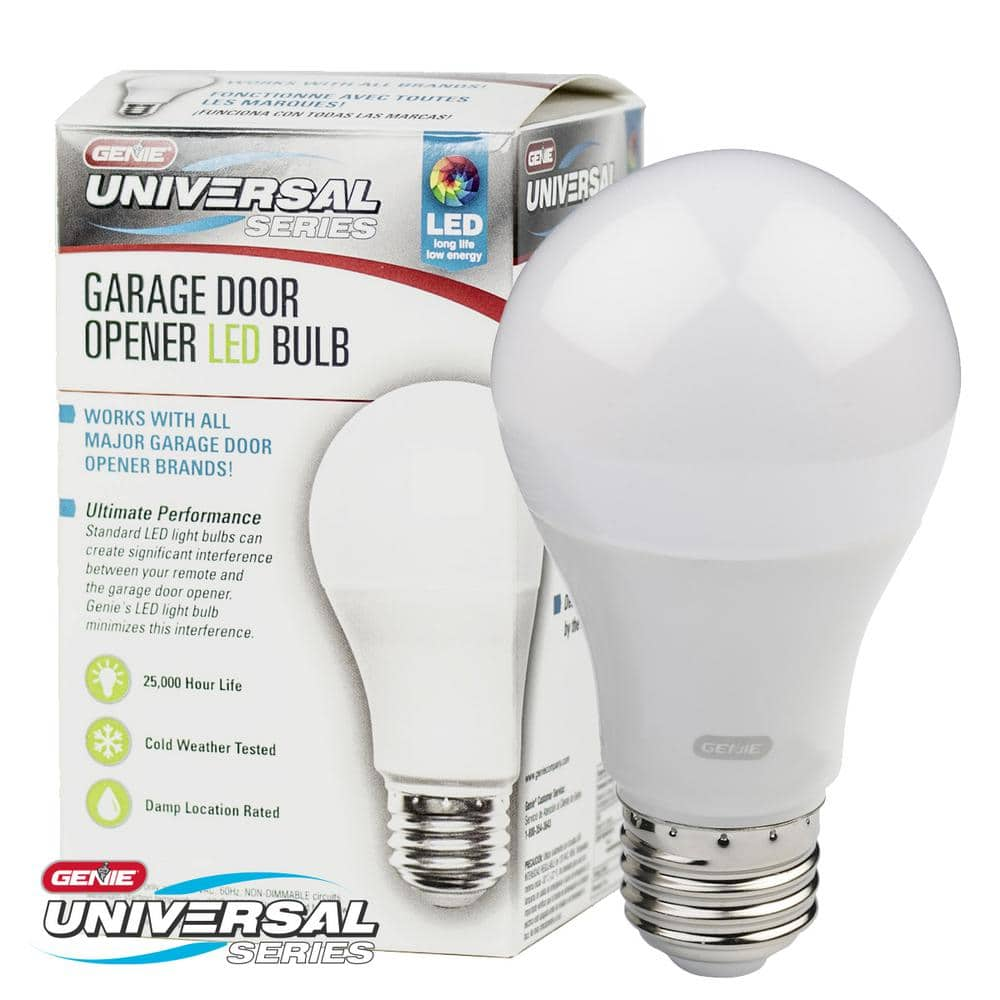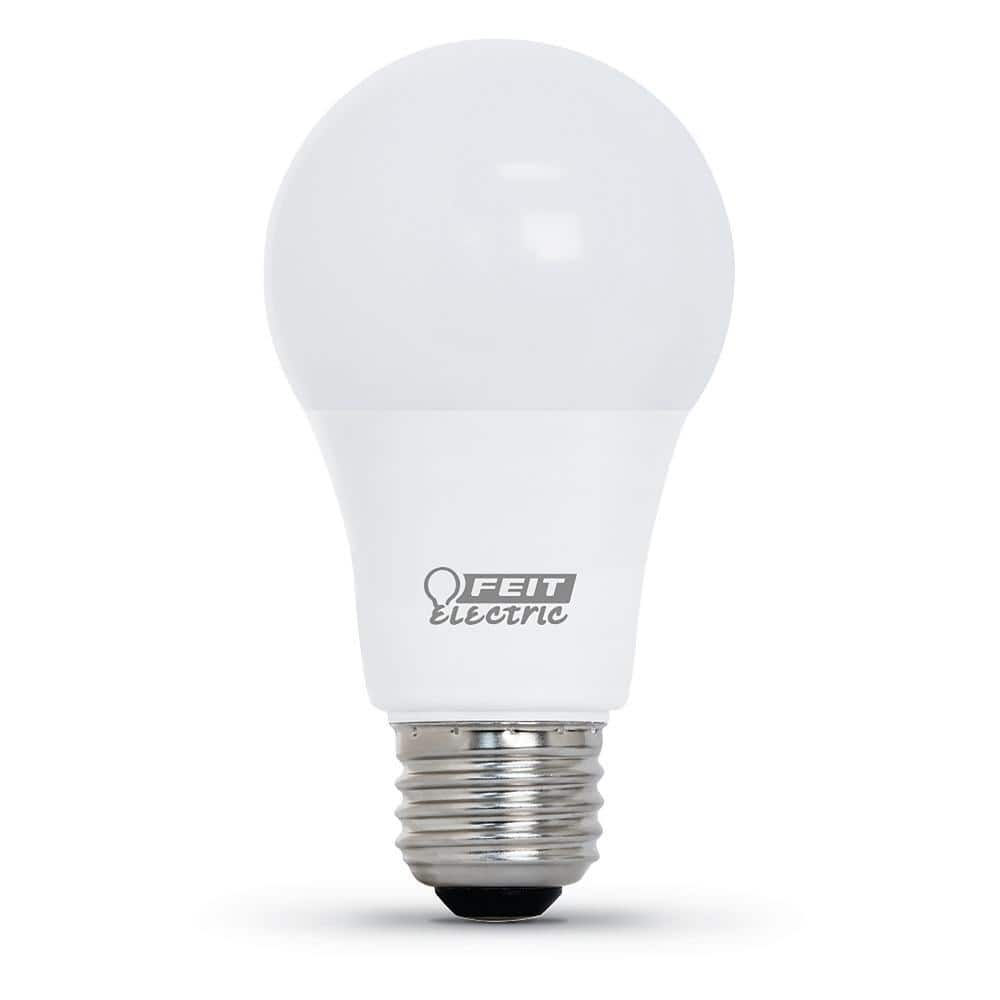- Location
- Lockport, IL
- Occupation
- Semi-Retired Electrical Engineer
NOTE: This is not a DIY post.
I need to replace the light bulb in my garage door opener because the existing LED bulb interfered (electronically) with my new wireless remote door controller. The limit for an incandescent bulb is 60 watts, but I don't know if I can still buy such things. If I use a 60W halogen bulb, will that get hotter than a 60W incandescent bulb?
I need to replace the light bulb in my garage door opener because the existing LED bulb interfered (electronically) with my new wireless remote door controller. The limit for an incandescent bulb is 60 watts, but I don't know if I can still buy such things. If I use a 60W halogen bulb, will that get hotter than a 60W incandescent bulb?




